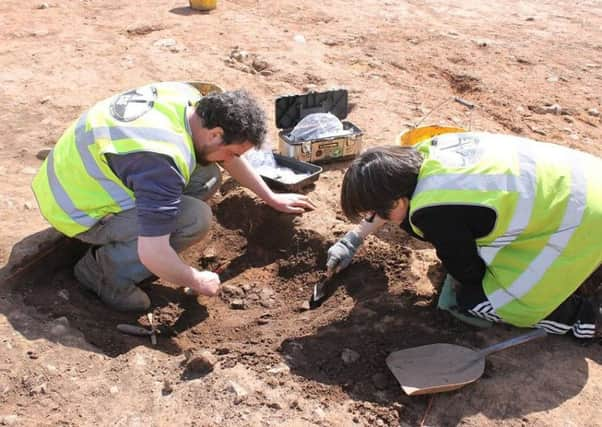Tullaghoge Fort finds pre-date O’Neill clan


Historians working on the site found decorated pottery which could be over 7,000-years-old as well as flint artefacts which hint at ancient human habitation on the site.
The finds reputedly date from the middle Neolithic up to the early Medieval period and includes pieces of ancient burnt clay cooking vessels.
Advertisement
Hide AdAdvertisement
Hide AdNeolithic residents may have used the site on a temporary basis to take advantage of fishing in the Ballinderry River before moving on to exploit other food sources.


It is believed that during the Medieval period the site was inhabited by people from the lower echelons of society.
Tullaghoge Fort, which is perched on top of a hill on the outskirts Tullyhogue village, has commanding views of several counties and was ruled by the O’Hagan family who in turn served the O’Neills.
It was here that the O’Neill clan crowned their chief, effectively the King of Ulster, until 1607 when the last claimant, Hugh O’Neill, fled to Spain.
Advertisement
Hide AdAdvertisement
Hide AdThe current dig which is understood to last another three weeks is investigating archaeology on the site ahead of planned improvements to access and car parking.
Another find, according to the Ancient Clan O’Neill of Tyrone, is the remains of a 13th-14th century Gaelic Medieval structure.